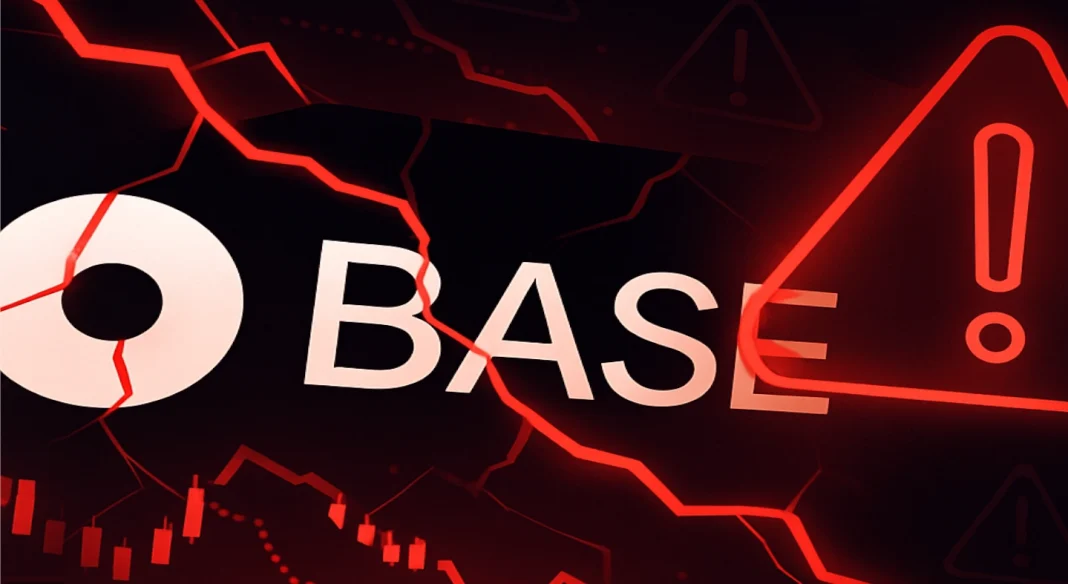Okay, here’s the story nobody wanted but everyone’s gotta hear. Base Network, that shiny Ethereum Layer-2 baby from Coinbase, took a 33-minute nap on August 5.
Yeah, a full stop in block production, deposits, withdrawals, transactions, all frozen mid-flow.
Imagine you’re at work, printer’s jammed right when the big boss wants an old-school, paper report.
Frustrating, right? Well, that’s what happened, crypto-style.
Lagging hard
Base runs its show with these things called sequencers, think of them as traffic cops for transactions, making sure everything moves smooth and steady. The brain behind managing these cops?
A system named Conductor. At 6:07 am UTC, the lead sequencer started lagging hard, thanks to a heavy load on the chain.
Enter Conductor, ready to switch over to a backup sequencer. But the backup was still in training wheels mode, not ready for prime time.
So instead of smooth handoff, the whole operation stalled. The backup sequencer couldn’t even pass the baton again because it lacked full Conductor access, turning the network into a digital ghost town for 33 minutes.
Reliability?
Thankfully, the Base devs didn’t just twiddle their thumbs. They swooped in, paused the Conductor to stop the faulty handoffs, and manually handed leadership to a fit sequencer by 6:40 am UTC. No funds lost, no catastrophic chain reorgs, just a sharp wake-up call.
Now, here’s the harsh truth, Base’s setup has a single point of failure. While multiple sequencers exist, only one runs at a time, selected by Conductor, which makes it a centralized choke point.
When that system fumbles, the whole network does a faceplant. With over $4.1 billion locked in Base, that’s a spotlight on risk and reliability.
But it’s not all doom and gloom, don’t worry. Base openly shared the full story, outlining their fix plans, like improving infrastructure so every sequencer is battle-ready, boosting testing to catch bugs before they bite, and tightening monitoring.
They’re serious about making sure the next handoff is smooth, like a well-rehearsed dance, not a clumsy stumble.
Bullish outage
Crypto watchers tagged this event as bullish downtime, meaning it’s only news because Base actually has users who matter.
Industry vets compared it to Solana’s past outages, fast, high-volume chains with rough patches but loyal crowds.
So, despite the outage, Base’s spotlight keeps shining bright in the Layer-2 Ethereum race.
And you know the rumor, Any kind of Coinbase outage is bullish.
So, even big dog networks stumble, but transparency, swift fixes, and ambition to improve can keep them in the game.
Just don’t bet on sequencer centralization staying flawless anytime soon.
Disclosure:This article does not contain investment advice or recommendations. Every investment and trading move involves risk, and readers should conduct their own research when making a decision.
Kriptoworld.com accepts no liability for any errors in the articles or for any financial loss resulting from incorrect information.
Cryptocurrency and Web3 expert, founder of Kriptoworld
LinkedIn | X (Twitter) | More articles
With years of experience covering the blockchain space, András delivers insightful reporting on DeFi, tokenization, altcoins, and crypto regulations shaping the digital economy.
📅 Published: August 7, 2025 • 🕓 Last updated: August 7, 2025
✉️ Contact: [email protected]


